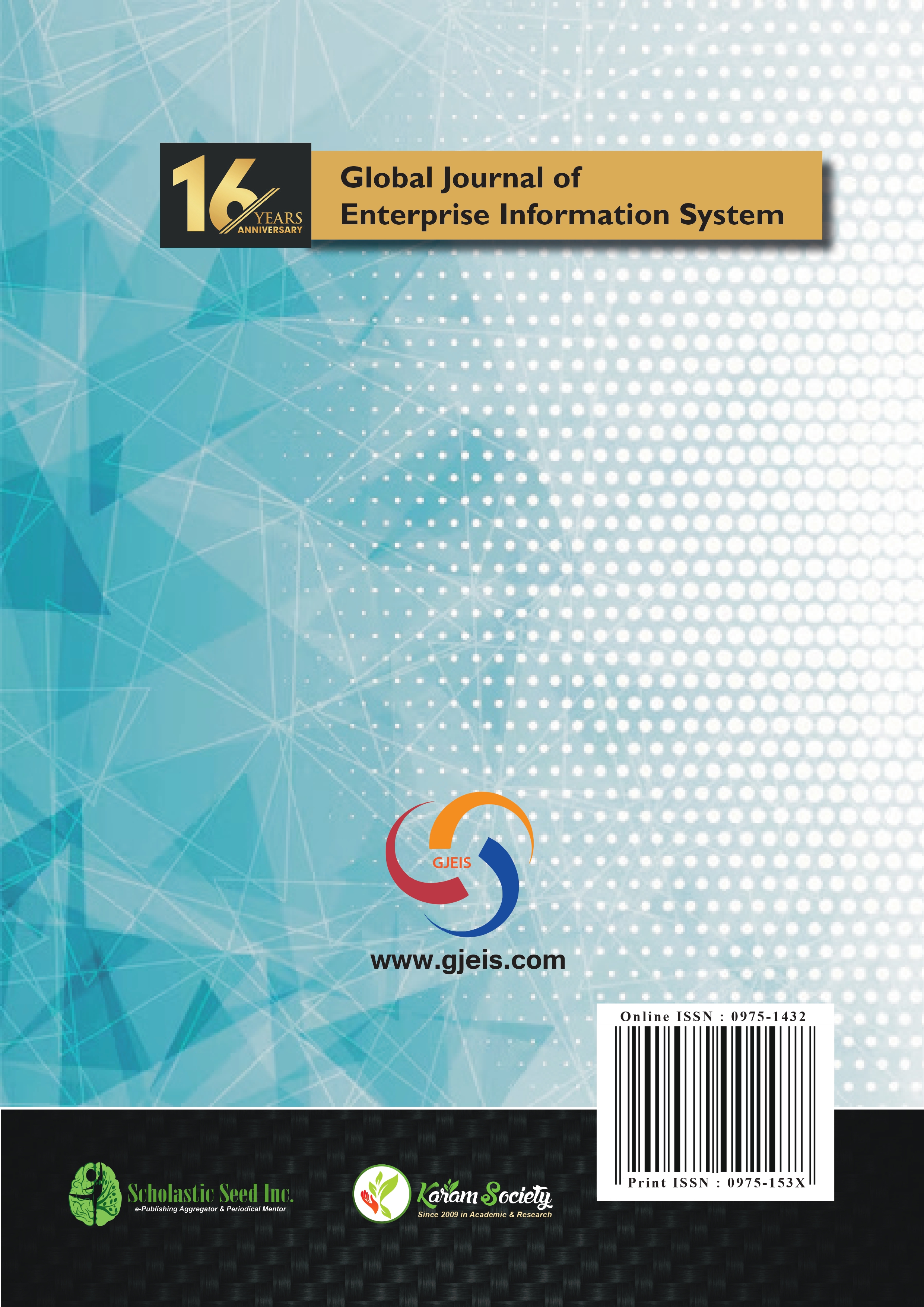Estimating the Sacrifice Ratio for Indian Economy: An Empirical Study
Abstract
This paper investigates the cost of reducing inflation that an economy pays in from of reduction in output. Sacrifice ratios is
estimated for India using aggregate supply curve approach and direct method. The study uses quarterly data from Q2-1996 to
Q2-2016 in India. Auto-Regressive Distributed Lag (ARDL) model is used for aggregate supply curve approach. However, the time
varying sacrifice ratio is estimated for year 2006 to year 2015. Sacrifice ratio is estimated to be 1.30 percent for whole period
whereas in period 2006 to 2015 it is ranging from -0.71 to 1.20. Whereas, in case of Ball’s direct method four episodes are identified
and average sacrifice ratio of all four periods are estimated to be 1.23 and it is varying in the range of -1.56 to 4.55. During RBI’s
expansionary policies sacrifice ratio is estimated to be higher than contractionary policies.
Copyright (c) 2020 Global Journal of Enterprise Information System

This work is licensed under a Creative Commons Attribution-NonCommercial-NoDerivatives 4.0 International License.








